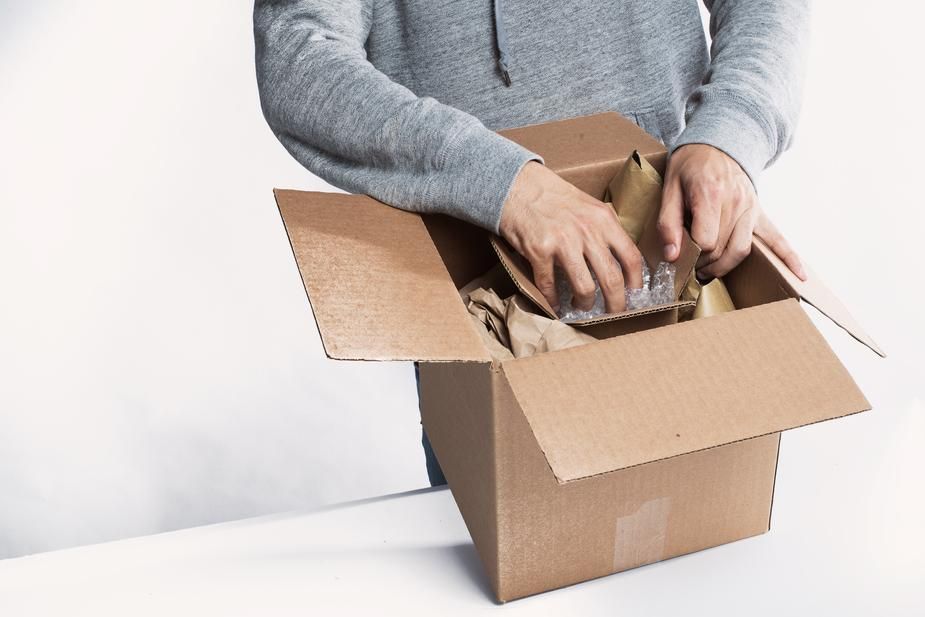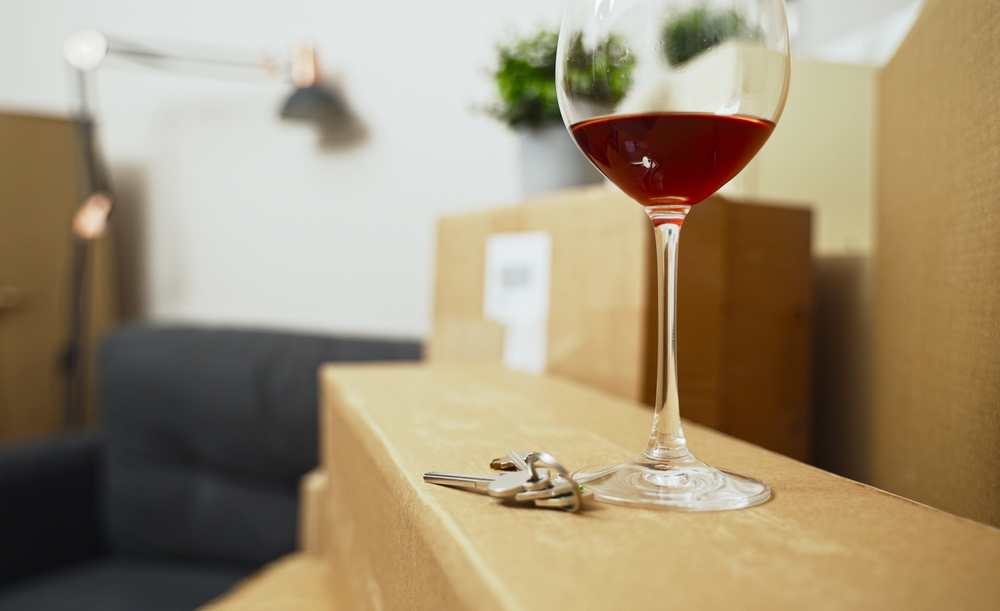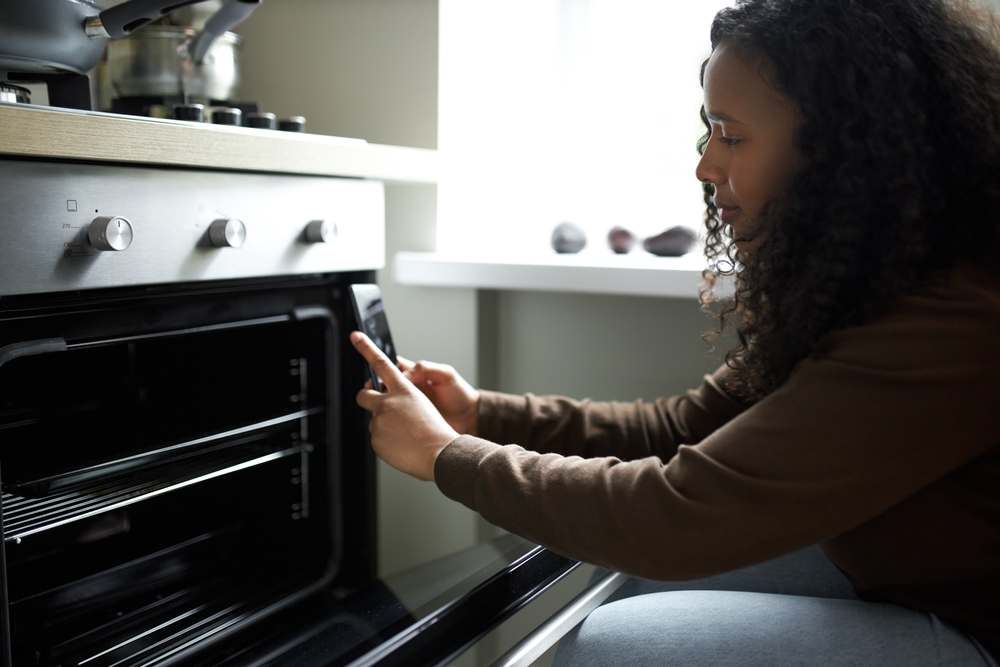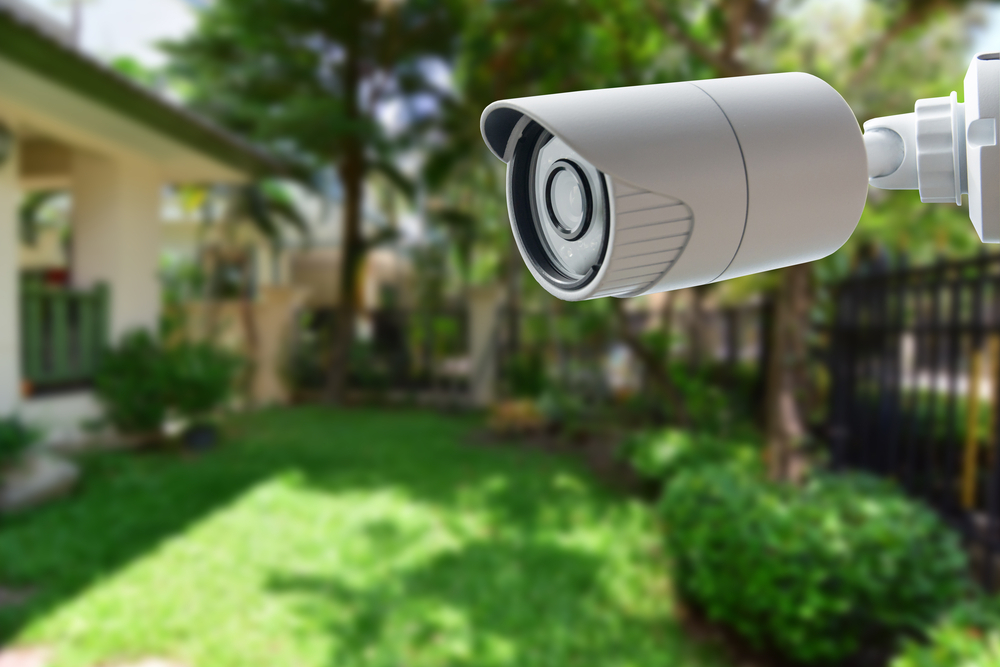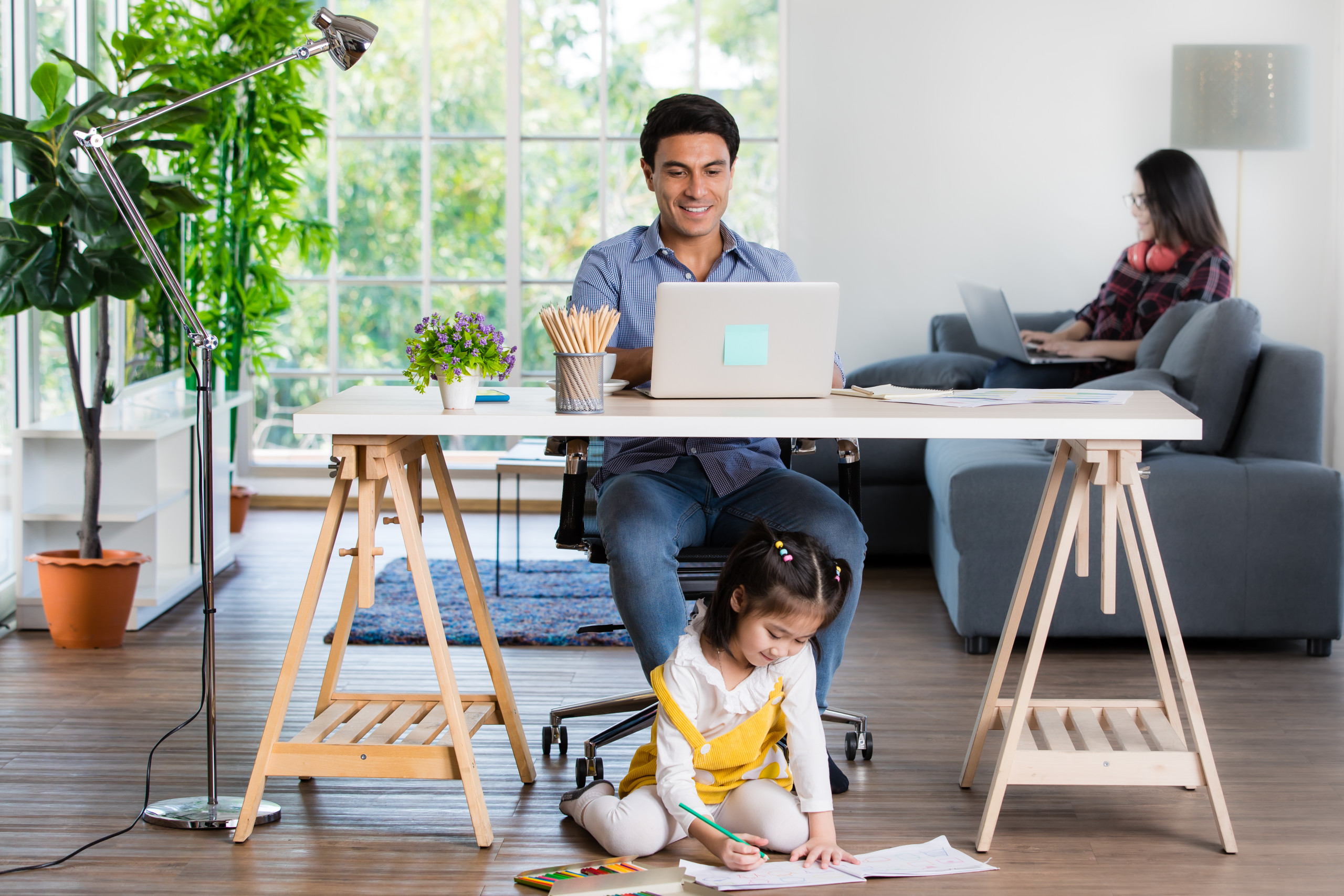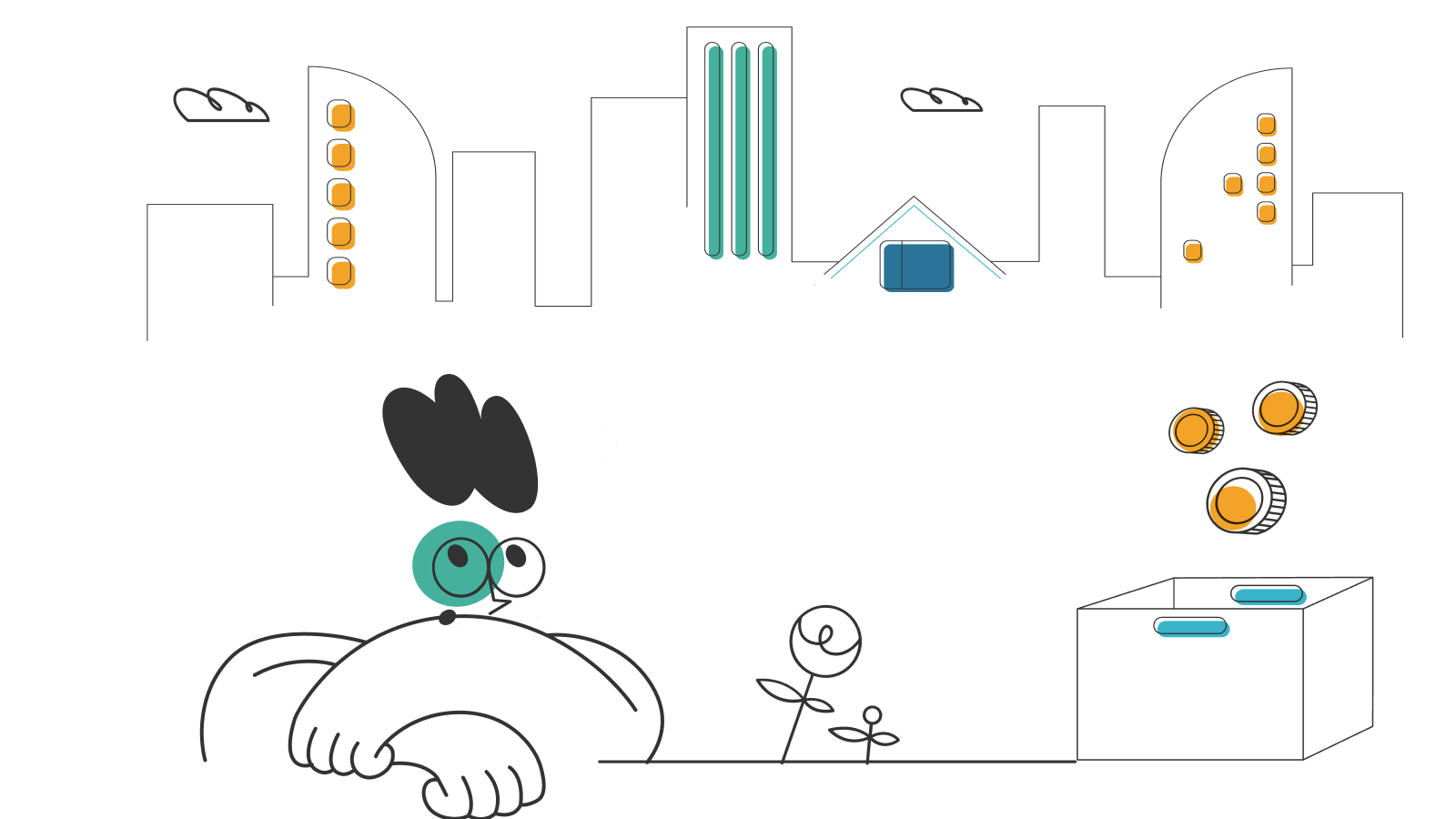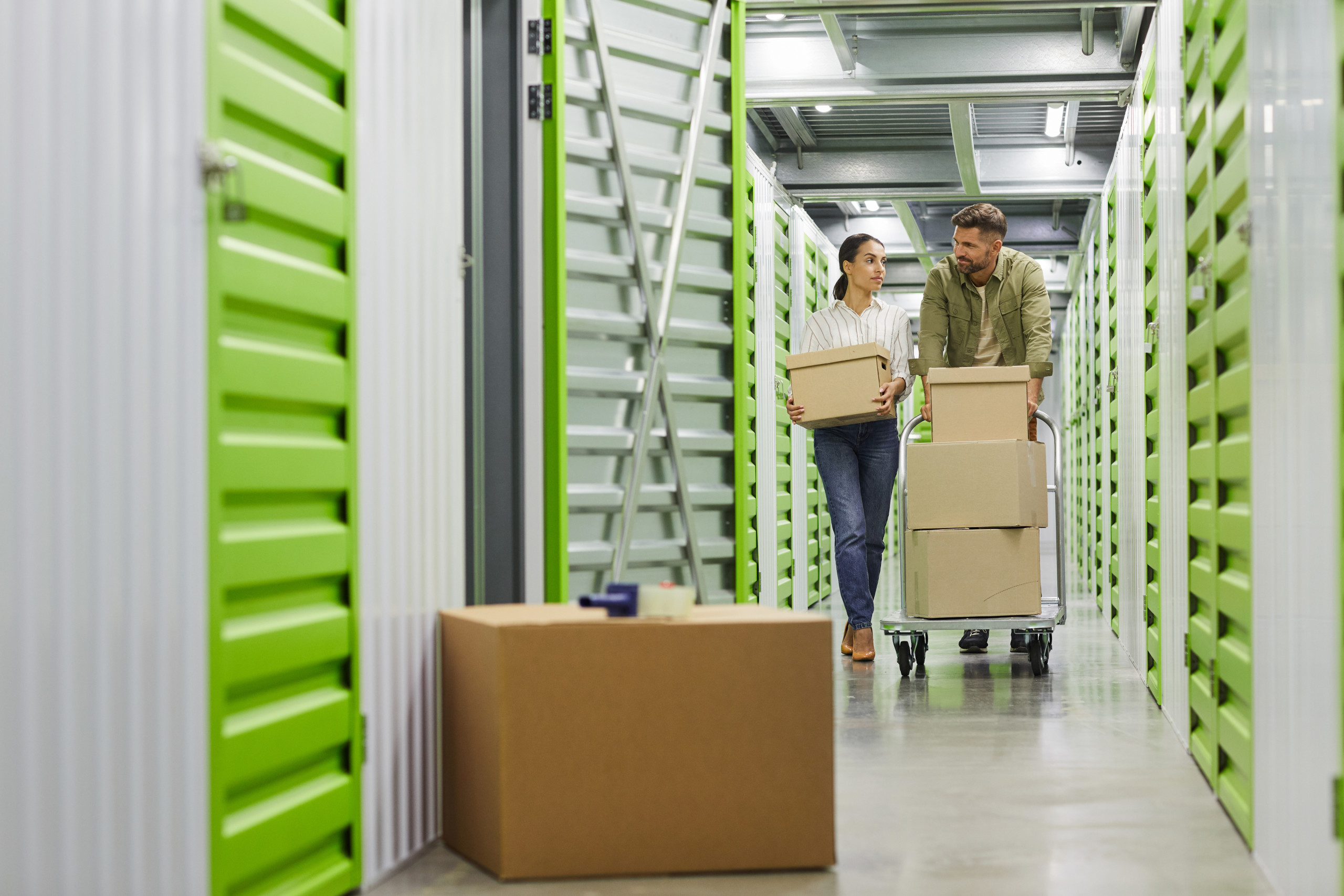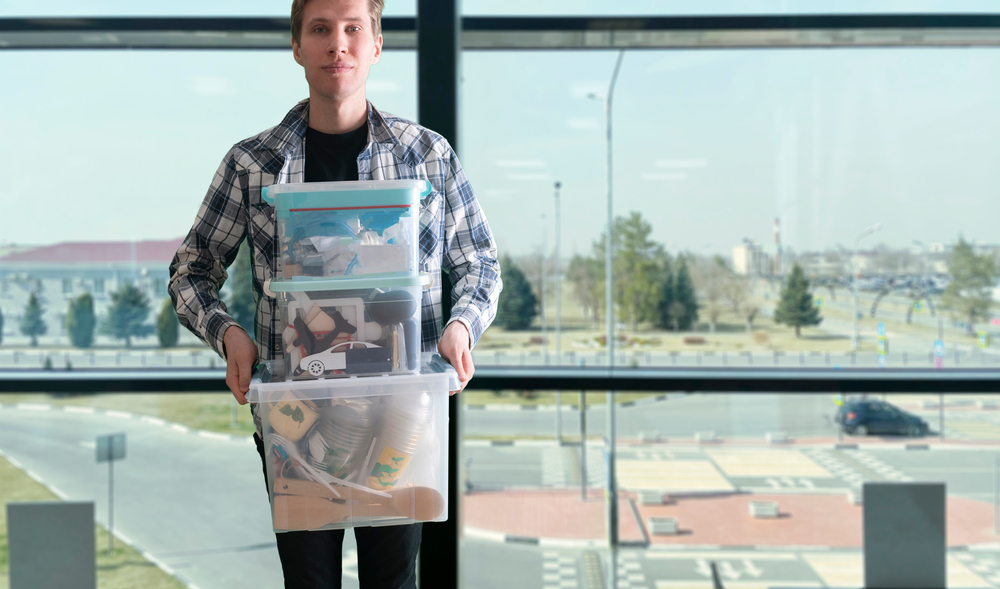Moving Plants: A How-to Guide
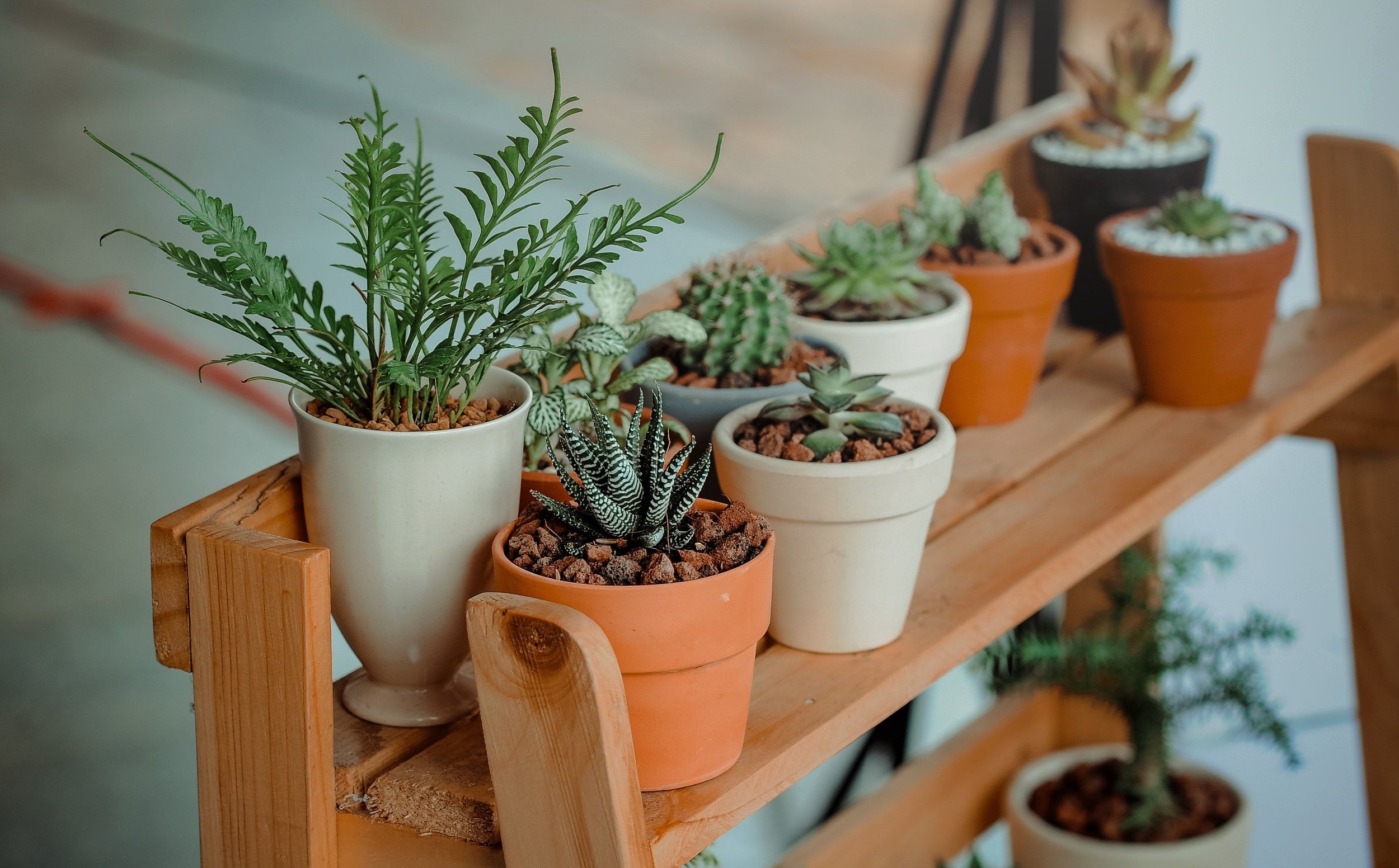
Moving soon? Get organized with our free moving checklist.
Houseplants can make a home feel warm, welcoming, and alive. For many people, plants are like part of the family – we care for them, love them, help them when they’re stressed, and take great joy in watching them grow. Whether you want to transport a collection of succulents, a large palm, or a bonsai tree, knowing how to move plants properly is important.
When you learn how to prepare your plants, what to do during a move, and how to get plants accustomed to their new environments, you can prevent damage and keep more of your houseplants alive.
Preparing to Move Your Plants
If you want to bring your plants to your new home, don’t wait until the last minute. Moving plants often requires planning, research, and preparation.
Watering plants
Be careful with your watering schedule before a move. If you water your plants too much before moving, they could be heavy. They could also drip water into your car or the moving vehicle. However, not watering them enough could lead to wilting or even some dead plants when you reach your destination. For most types of plants, watering a couple of days before your move works best. Many succulents, like cactuses, can last for up to a month without water before moving. If you live in a warm climate or move during the summer, you may want to water your plants a bit closer to your move date.
Removing pests and dead leaves
A few weeks before you move, start checking your plants for pests and pruning dead leaves every time you water them. This gives you time to get rid of any pests and make your plants healthy before the move. Pruning regularly also promotes plant health, helping your plants stay in good condition throughout your move.
Repotting heavy plants
Large plants in heavy ceramic containers are often difficult to move, and the pots could break, spilling dirt all over your car and your other possessions. You can repot many of these plants in smaller plastic or cardboard boxes a few weeks before your move. That way, you can save space and avoid taking bulky materials like dirt or stones with you.
Check state laws
If you’re moving to a new state or city, your new local government could have different laws for plants. Some states and cities prohibit certain plants because they can harm the local ecology. These invasive species often have no natural predators or pests in the area, and they can harm local plants by occupying their ecological niches, leaving fewer resources for native organisms. You could also have a homeowner’s association or HOA with a list of prohibited plants. In some states, you may need to get some of your plants inspected to verify that they don’t carry any harmful pests.
Giving away some plants
If you have some plants you know you can’t move or that might not do well at your new location, you can give them to friends or family members. You can even offer a boss or coworker one of the plants you can’t keep. If you don’t feel like taking a large plant to a friend or neighbor’s house, you can let anyone who can come pick it up have it for free.
Also, if you’re moving out of a rental, the landlord or new occupants may want to take possession of some of your plants. That way, you can leave those plants behind instead of moving them.
If you plan to sell or donate your plants, it’s a good idea to let people know that your plants are available well before moving day. The advanced notice will provide plenty of time to get your plants, and they won’t be in the way on moving day. You can contact fellow plant lovers directly or post photos of the plants you don’t want to move on social media, marketplace websites, and neighborhood/community groups.
If no one seems interested in your plants, you can try donating them to local charities. Many local schools, libraries, municipal buildings, botanical gardens, and nursing facilities accept similar donations. When you make your donation, ask for a donation receipt. You can deduct the value of your plant from your taxable income and save some money on your income tax. Also, you can donate plants or trade them with others on PlantSwap.org.
Selling plants
If you’re selling a home, the buyers of your current home may want to keep some of your plants, especially if they’re unique or fit uniquely into a specific area of the home. For example, a tree in a large ceramic pot in your living room or on your porch could be heavy and difficult to move. You can speak to your real estate agent and the new owners before closing and add provisions for the tree to your sales contract. In many cases, you can earn some extra money if your home has plenty of plants and attractive landscaping that you’re willing to leave for the new buyers. If you’re not selling your home, you could advertise your plants on social media.
Selling plants online or at a yard sale or garage sale can help you make some extra money as well. Some rare or difficult-to-grow types of houseplants can sell for hundreds or even thousands of dollars.
Taking cuttings
If you have a plant that could be tough to move but has sentimental or monetary value, you can take cuttings before selling it or giving it away. This lets you transport some small stems or twigs instead of a large plant. Cuttings from new growth taken in late spring or summer usually root fastest. When you arrive in your new home, you can replant your cuttings and eventually grow them into plants that look very similar to the original specimens.
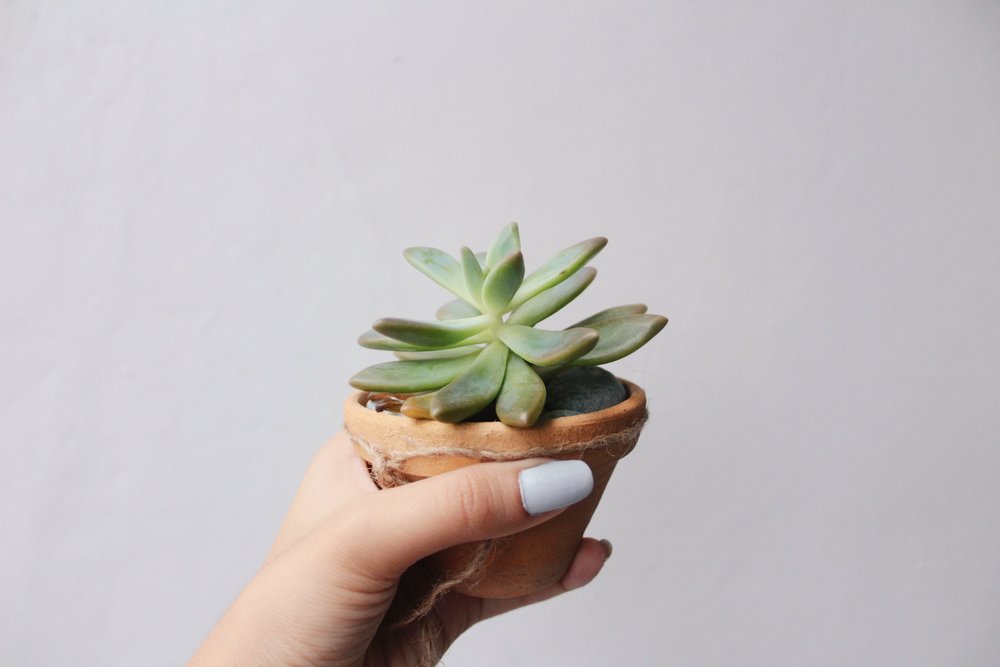
Moving day
Several methods are available for moving plants, and knowing your moving options can help you make a decision that helps you and your plants avoid stress on moving day.
Moving plants yourself
Most moving companies won’t transport plants because they don’t want to risk being responsible for spreading pests or plant diseases. Fortunately, you can transport most types of houseplants by yourself.
To move your plants in a car, truck, or SUV, put them in the back seat or the passenger seat. This helps ensure that they have access to climate control and plenty of oxygen. When possible, avoid transporting plants in a truck bed or trunk. The wind in a truck bed could damage many plants, and a trunk could be too hot to keep plants in good condition. To make the time your plants spend in a vehicle as short as possible, load them last.
If you need to transport several cuttings or small plants, you can use an egg carton or some small cardboard boxes lined with newspaper. Keep boxes open when you can, and cut some holes in them for air if you need to close them. You can find free moving boxes in a variety of places, so you can often avoid buying new containers for your greenery.
If you have plants that are too big to fit in standard boxes or plastic containers, you can wrap the base of the plant in an old towel and then put it in a trash bag to keep any soil or water from spilling in your car. People who need to take long trips may want to buckle up taller plants or fasten them in place with bungee cords. Without this precaution, some plants could get broken branches or other damage.
Mailing your plants
Shipping or mailing can be a good option for sturdier plants like succulents. However, the risks of damage to more delicate plants could be high. Looking for companies that have experience in shipping plants can help make the transition easier.
If you ship potted plants in the mail, you can wrap the pots in bubble wrap to prevent breakage. You can also put some cardboard around the bottom of the plant and wrap the base in a plastic bag to keep the soil in place. Pack each plant in a sturdy box that’s only slightly bigger than the plant, and fill any extra space with packing paper, newspaper, or old washcloths or towels. Placing a label on the box that says “fragile” or “live plant” can remind people to treat it more carefully.
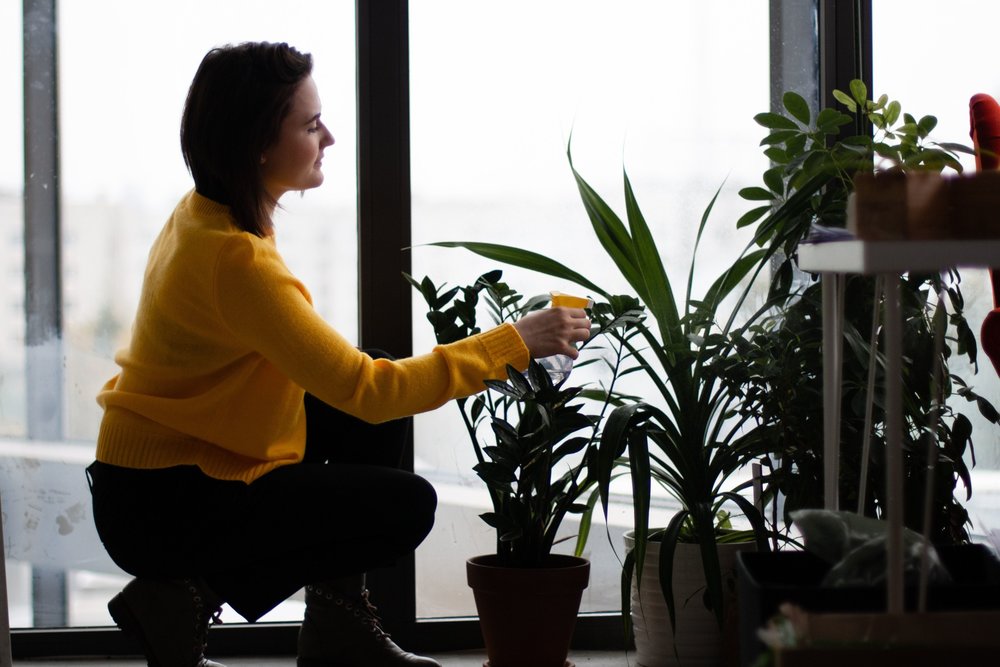
Helping your plants adjust to your new home
Many houseplants experience some wilting after your move, but you can help them start looking more healthy by watering them regularly and trimming any dead leaves. You may need to add a supplemental light as well. It’s also a good idea to wait at least a few days before transferring them to permanent containers. This gives the plants a chance to acclimate to their new location before disturbing them.
To make adapting easier for plants, you can keep your thermostat at the same temperature as your old home and use a humidifier or dehumidifier to keep the humidity about the same as well. You may not be able to make conditions in your new home the same as in your old home, but you can make the environment close. That way, you can avoid getting used to a new thermostat setting and keep all of your plants attractive and healthy.
With these tips, you can move your plants successfully and find new homes for the ones you don’t feel like transporting. Knowing how to handle plants can make your move less stressful and help you prevent costly damage.
